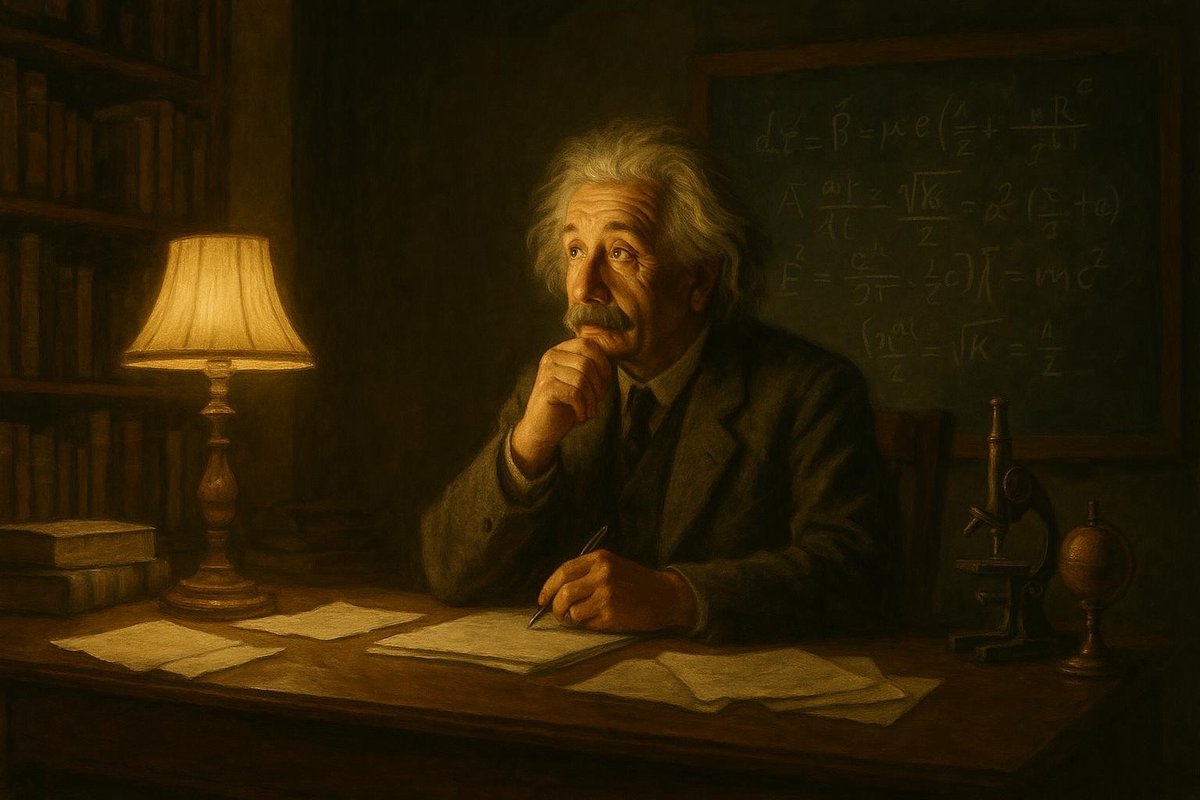
Early Influences: The Seeds of Genius
Imagine a young Albert Einstein peering curiously at a compass, fascinated by the invisible forces guiding its needle. These early experiences with unseen phenomena sparked a lifelong quest for understanding. Born in 1879 in the bustling town of Ulm, Germany, Einstein was surrounded by scientific curiosity from a young age. His father, Hermann, ran an electrochemical business, exposing Albert to the wonders of electricity and magnetism. As many people believe, his early exposure to these forces shaped his foundational ideas about the world.
- Born in Ulm, Germany, in 1879.
- Father ran an electrochemical business.
- Fascination with a compass as a child.
Interestingly, Einstein struggled in the rigid educational system of his time, often clashing with the rote memorization it emphasized. This environment may have inadvertently fueled his desire to think beyond conventional boundaries. As time went on, his interest in theoretical physics blossomed, setting the stage for monumental breakthroughs.
Mental Models: Thinking Beyond the Visible
What separates a revolutionary thinker from a conventional one? For Einstein, it was his unique ability to visualize complex concepts in his mind’s eye. He famously said, “Imagination is more important than knowledge.” This approach allowed him to challenge the well-worn paths of Newtonian physics and explore new avenues.
- Einstein valued imagination over rote learning.
- Used thought experiments to explore concepts.
- Challenged Newtonian physics with new ideas.
His thought experiments, like imagining traveling alongside a beam of light, laid the groundwork for his theory of relativity. In a world accustomed to Newton’s laws ruling supreme, Einstein dared to ask: What if time and space themselves were malleable? His mental models allowed him to envision a universe where gravity was not just a force but a curvature in the fabric of spacetime itself.
Challenges & Resilience: Overcoming Resistance
Einstein’s journey was not without its hurdles. His radical ideas initially faced skepticism and resistance from the scientific community, entrenched in centuries of Newtonian thought. Yet, Einstein’s resilience and unwavering belief in his theories propelled him forward.
- Faced skepticism from the scientific community.
- Persistence in the face of resistance.
- 1915: Published the General Theory of Relativity.
When his General Theory of Relativity was published in 1915, it was met with both awe and disbelief. Yet, as the famous solar eclipse of 1919 demonstrated the bending of light around the sun, his theories gained empirical support. Einstein’s ability to persist through adversity and skepticism exemplifies the resilience needed to bring groundbreaking change.
Legacy: A New Era of Understanding
Einstein’s theories not only redefined physics but also reshaped our understanding of the very universe we inhabit. His insights into gravity and time laid the groundwork for modern physics and opened avenues for quantum mechanics and cosmology.
- Redefined concepts of gravity and time.
- Influenced modern physics and cosmology.
- Continues to inspire future generations.
Of course, his legacy extends beyond the equations he left behind. Einstein’s willingness to question the visible and venture into the realms of imagination inspires thinkers across disciplines. His life and work remind us that sometimes, the greatest innovations come not from what we see, but from what we dare to imagine.
Fuel Someone Else’s Curiosity
Einstein’s ideas continue to ignite curiosity and wonder in minds around the world. Share this article with someone who thrives on questioning assumptions and exploring new perspectives. Let’s keep the dialogue alive, encouraging others to think beyond the visible and redefine what’s possible.
In an ever-evolving world, Einstein’s mindset teaches us that the boundaries of understanding are only as fixed as our willingness to challenge them. So, how will you let his legacy inspire your next big idea?

Leave a Reply